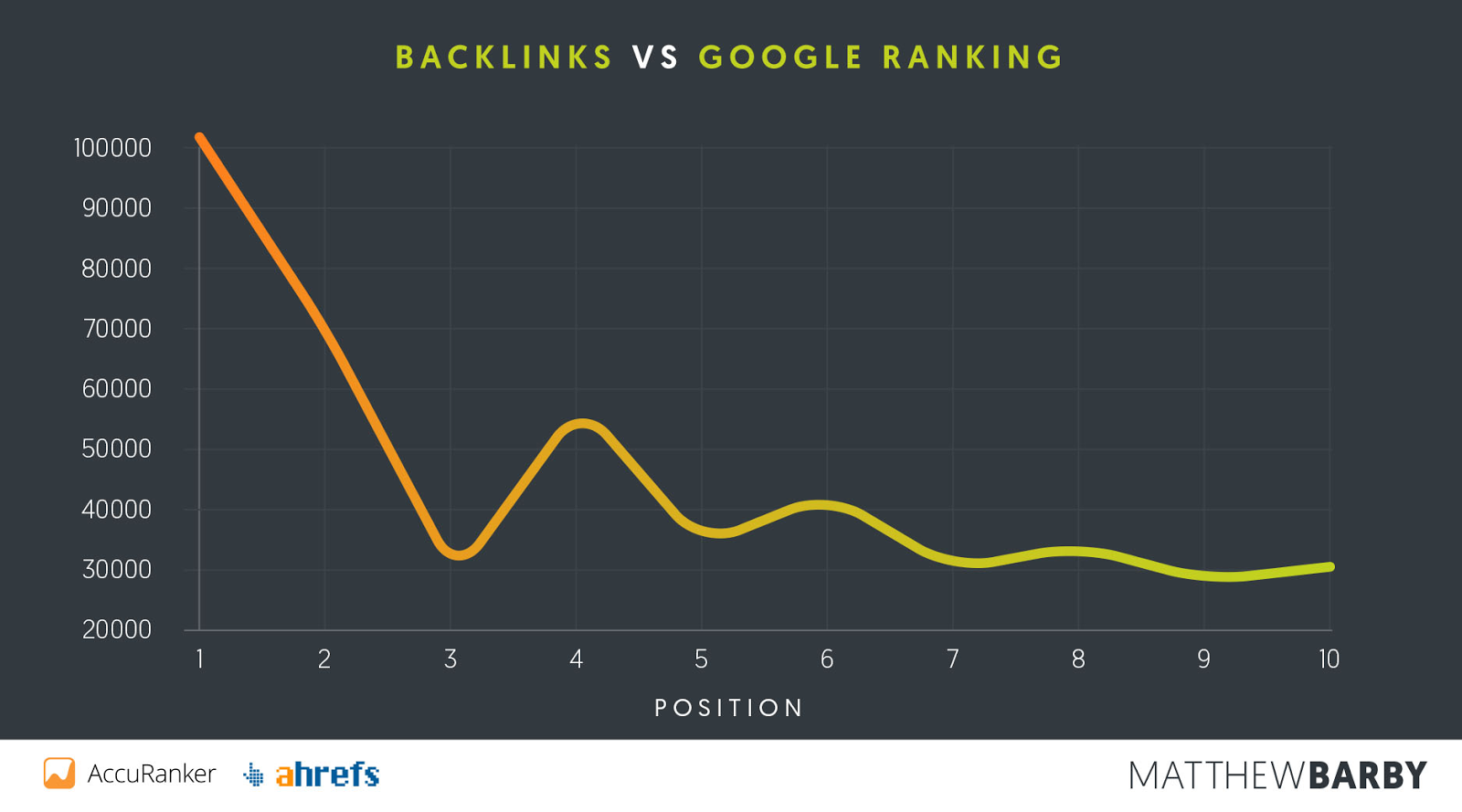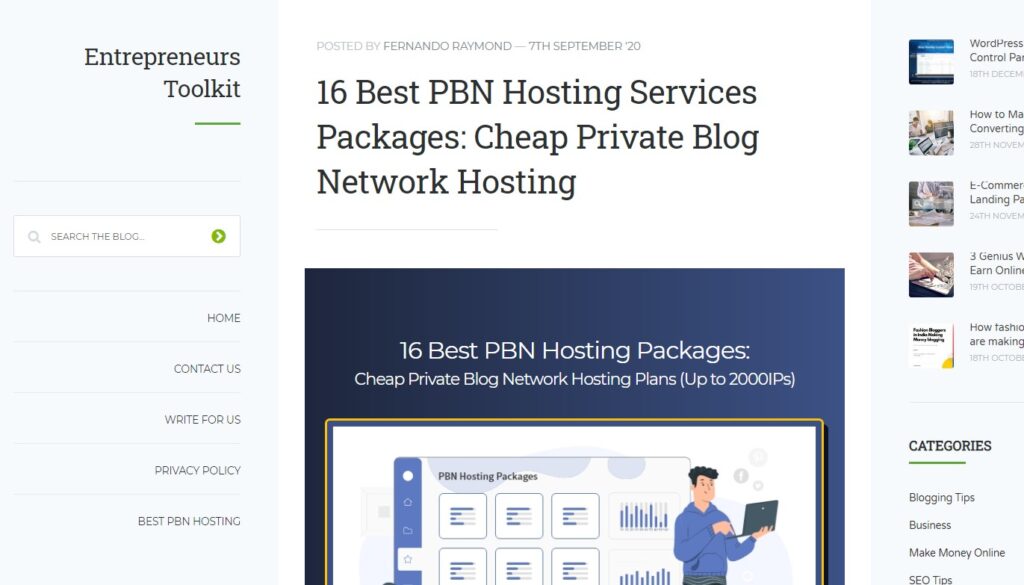All Categories
Featured
Table of Contents
- – What Is The Most Recommended Structured Data F...
- – How Is The Most Reputable Implementing Semanti...
- – Where To Buy The Top Semantic Content Creation
- – Top Semantic Keyword Research Money Can Buy
- – Who Is The Most Reliable Semantic Seo Optimi...
- – Who Makes The Leading Semantic Seo Content A...
- – What Is The Most Reliable Semantic Seo Platf...
The internet is altering, coming to be increasingly more semantic. SEO is also transforming and coming to be a lot more semantic. This is since internet search engine have advanced and are relocating more and more in the direction of reviewing web content online. Naturally, that has actually likewise transformed the method we create web content, particularly if we desire to rate better in the internet search engine.
Intertwingularity is not normally acknowledged, individuals maintain claiming they can make points deeply ordered, categorizable and sequential when they can not. Based on the relationships in between search intentions, the search engine likes a content in positioning by determining the range in between the vectors of meaning.
It permits you to see, beginning from a subject, all the entities that relate to that topic. In this manner you can plainly see which entities/concepts/ideas have actually currently been covered on your internet site, and you can discover new opportunities by recognizing what material you can add and exactly how to produce it.
What Is The Most Recommended Structured Data For Semantic Seo Available Today
It has the ability to make your content reasonable for internet search engine on the one hand and for your target market on the various other. Structuring your web content design highlights your material and its hidden connections to ensure that internet search engine can recognize you among hundreds of items of details, making you extra visible to customers who meet the search intent associated to your organization.
In semantic SEO copywriting, an editor begins with a more comprehensive series of subjects and customizes the web content to consist of semantically pertinent terms and phrases that assist readers recognize a subject, comparable to reviewing web content in a wiki. From a content writing perspective, one sensible way to do this is to produce a vocabulary of terms and concerns bordering your target subject.
How Is The Most Reputable Implementing Semantic Seo Company
Discover more regarding by seeing the by!.

Semantic search refers to the process of just how internet search engine comprehend and match key words to a searcher's intent in natural search results page. Prior to semantic search, search engines like Google operated like matchmakersaligning certain words in your inquiry with those precise words on websites. The outcomes were uncomplicated yet frequently did not have deepness.
Where To Buy The Top Semantic Content Creation
It allows Google to provide quick, accurate answers to browse queries about real-world subjects. When you kind a question word right into Google, you're not simply entering a sequence of words.
When you look for "Apple," Google doesn't just see a word that describes a fruit. It acknowledges Apple as a company and can offer associated information. Like the name of its CEO, Tim Cook, or its latest stock costs. Google revealed the Hummingbird upgrade in 2013. It was Google's solution to the surge of voice searches, where questions became a lot more conversational and nuanced.
Top Semantic Keyword Research Money Can Buy
By incorporating NLP, Hummingbird enabled Google to move past simple keyword matching. It helped the search engine comprehend search intent, boosting the odds that results would precisely match the reason behind a user's search.
RankBrain is an artificial intelligence system that assists Google analyze questions it hasn't seen before. It can make guesses concerning words and phrases it doesn't identify and filter results as necessary. Making it much more reliable at taking care of never-before-seen search inquiries. RankBrain considers greater than simply keywords when evaluating a search question.
It brings outcomes that match the search phrases and straighten with the total intent of giving puppy training recommendations. And if the user regularly looks for dog-related material, Google might focus on more comprehensive training guidesrecognizing the customer's recurring rate of interest in the subject. Incorporating technologies like the Expertise Graph, Hummingbird, and RankBrain, semantic search helps the Google formula translate and connect information across a large internet of info.
Who Is The Most Reliable Semantic Seo Optimization Tools Service
The emphasis shifts from keyword choice to a holistic approach including individual intent, topical relevance, and total individual experience. Producing content that addresses the searcher's needs with comprehensive information can enhance your SERP positions. Below, we describe the patterns and practices that combine the requirement for semantically educated material. Later, we give actionable ideas to transform these insights into best methods.
A more comprehensive method to material aligns much better with semantic search's shift away from specific keyword matching and toward user intent. Web content that covers search questions much more thoroughly not only pleases customers.
And five times greater than sites that take 10 seconds to lots. While technical search engine optimization makes sure optimal website performance and ease of access, concentrating on individual experience (UX) takes it an action better. UX intends to develop an aesthetically attractive, easy to use interface with interesting, top quality web content that encourages visitors to remain. Semantic search modern technology makes it possible for online search engine to go for results that supply the most effective feasible UX.
Who Makes The Leading Semantic Seo Content Analysis

All display Google's ability to attend to a topic query comprehensively. By comprehending the context and intent behind user questions, internet search engine can supply much more relevant info and potentially raise user engagement. Personalization in search engine result produces far better UX.Based on your past search background and preferences as a user, semantic search assists internet search engine tailor the outcomes to suit your distinct needs and rate of interests.
It fetches results that match the search phrases and align with the overall intent of giving puppy training guidance. And if the customer often looks for dog-related web content, Google could focus on more detailed training guidesrecognizing the customer's recurring passion in the subject. Incorporating technologies like the Understanding Graph, Hummingbird, and RankBrain, semantic search aids the Google formula analyze and connect information across a vast internet of details.
What Is The Most Reliable Semantic Seo Platform?
The emphasis shifts from keyword option to an all natural technique including individual intent, topical relevance, and general user experience. Creating content that resolves the searcher's demands with thorough details can improve your SERP rankings. Below, we describe the patterns and practices that combine the requirement for semantically informed material. Later, we give actionable suggestions to transform these understandings right into best techniques.

And type of web content can best please their needs. A broader strategy to content aligns much better with semantic search's change far from exact key words matching and toward individual intent. Which clarifies the enhanced focus on subject clusters, instead of private search phrases. Material that covers search queries extra extensively not just pleases users.
UX aims to create a visually appealing, straightforward interface with interesting, top quality content that encourages visitors to stay. Semantic search modern technology enables search engines to intend for outcomes that offer the ideal feasible UX.
All display Google's capability to attend to a topic question adequately. By comprehending the context and intent behind user inquiries, internet search engine can supply extra appropriate details and potentially increase individual involvement. Customization in search results page makes for much better UX.Based on your past search background and preferences as an individual, semantic search aids look engines tailor the results to suit your one-of-a-kind needs and passions.
Table of Contents
- – What Is The Most Recommended Structured Data F...
- – How Is The Most Reputable Implementing Semanti...
- – Where To Buy The Top Semantic Content Creation
- – Top Semantic Keyword Research Money Can Buy
- – Who Is The Most Reliable Semantic Seo Optimi...
- – Who Makes The Leading Semantic Seo Content A...
- – What Is The Most Reliable Semantic Seo Platf...
Latest Posts
Top Semantic Search Engines Store Near Me
Top Semantic Search Engines Store Near Me
How Much Should I Pay For Semantic Seo For Beginners?
More
Latest Posts
Top Semantic Search Engines Store Near Me
Top Semantic Search Engines Store Near Me
How Much Should I Pay For Semantic Seo For Beginners?